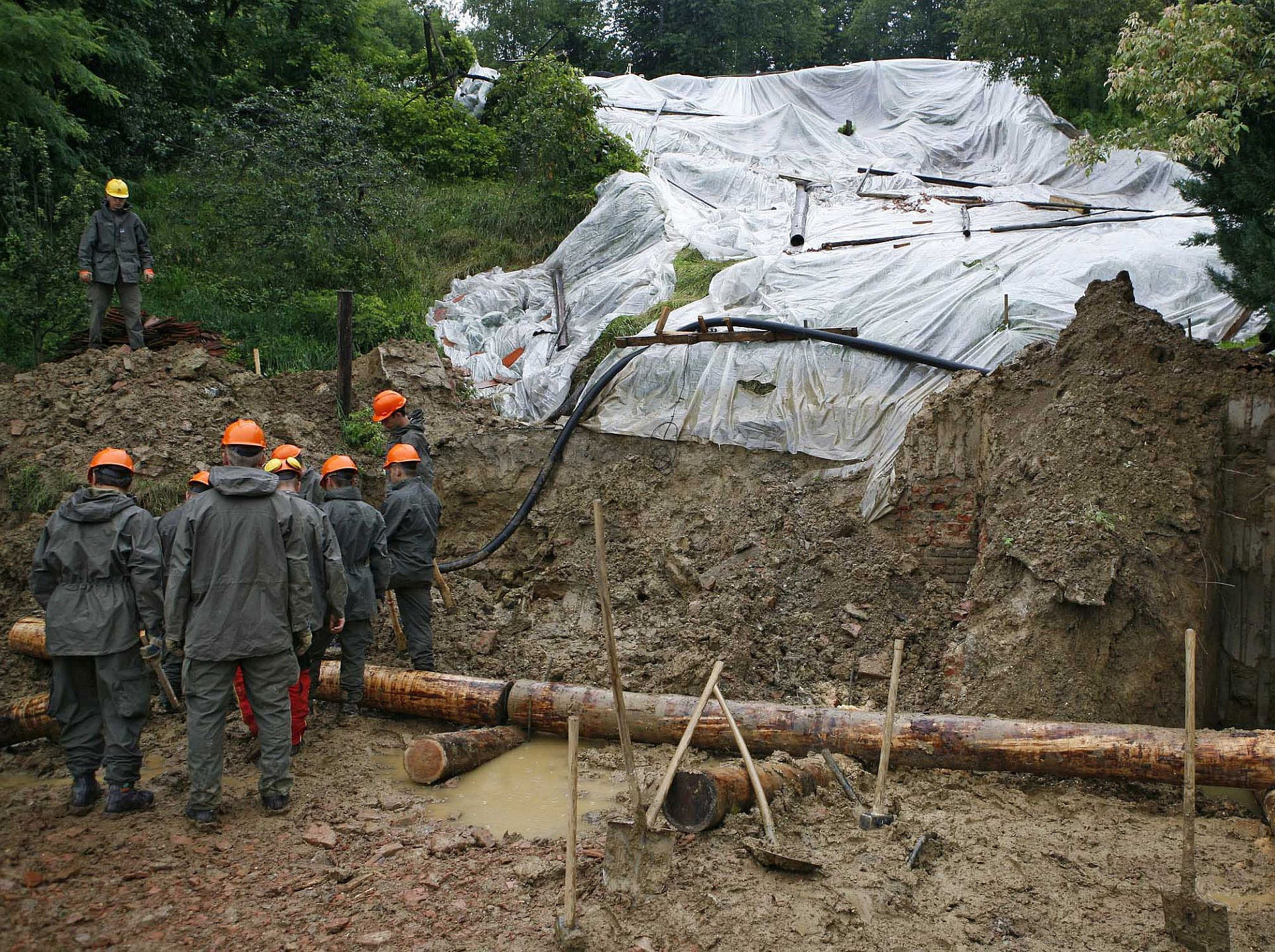The profound effects of climate change continue to resonate globally, shaping weather extremes and causing a cascade of impacts that affect our lives in diverse ways. In a study, researchers investigated an example landslide event triggered by extreme rainfall in Feldbach, Styria in 2009 that led to damages of about 13.4 million euros with more than 1000 landslides.
Last year, a team of researchers brought the impact of landslides to the forefront of discussion by underscoring a pressing concern: the escalation of landslides in the future driven by the changing climate. In a new study, the team consisting of Douglas Maraun and Aditya N. Mishra has now concluded a complete attribution analysis of the incident. The researchers compared the event of 2009 with a simulated world without global warming. The result is clear: climate change is already responsible for an increased number of landslides.
Artificial World
To achieve this, they created an artificial world in a computer simulation in which there is no global warming and temperatures remain at the pre-industrial level. "We used four different global climate models as a basis for this," explains Mishra. "This allowed us to determine how much rain would fall in a simulated world without climate change."
Thereafter, they used a landslide model to determine the number of landslides that would happen without climate change. Their findings are clear: one tenth of the landslides can clearly be attributed to man-made climate change. However, Mishra emphasizes: "You can't make an exact statement as to which of the more than 1,000 landslides were caused by global warming."
Moreover, the study illustrates the influence of precipitation and soil moisture in a changing climate. Even though extreme rainfall triggering slope instability has increased with climate change, increasing temperatures have also made the soil drier, thus at least partly counterbalancing the influence - potentially improving slope stability. "The study results nevertheless provide a useful initial assessment of the influence of climate change on similar events, such as the recent landslides in the south of Austria in August 2023," adds project leader Douglas Maraun.
Publication: Aditya N. Mishra, Douglas Maraun, Raphael Knevels, Heimo Truhetz, Alexander Brenning & Herwig Proske. Climate change amplified the 2009 extreme landslide event in Austria. Climate Change, Volume 176, Issue 9, September 2023. https://link.springer.com/article/10.1007/s10584-023-03593-2
